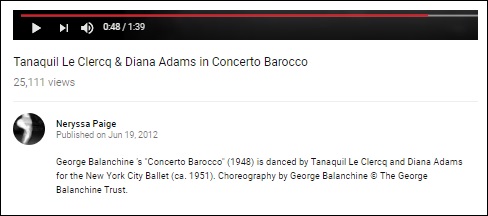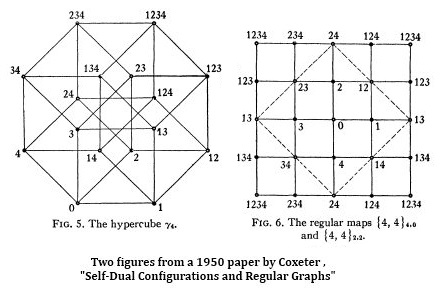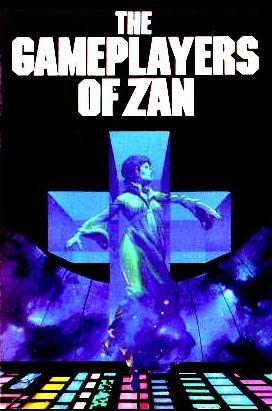Story
"How much story do you want?"
— George Balanchine
While researching yesterday's entry on Balanchine, Apollo, and the nine Muses, I came across this architect's remarks, partially quoted yesterday and continued here:
"The icon that I use for this element is the nine-fold square…. This is the garden of Apollo, the field of Reason…. This is the Temple of Solomon, as inscribed, for example, by a nine-fold compartmentation to provide the ground plan of Yale, as described to me by Professor Hersey."
— Duncanology Part 3
Checking this out yesterday, I came across the following at a Yale University Art Gallery site:
"This exhibition of nine boldly colored, asymmetrically designed quilts selected from a private collection will be displayed in the Matrix Gallery….
With the guidance of Professor Maude Southwell Wahlman, author of 'Signs and Symbols: African Images in African American Quilts,' the collector has explored and gathered examples…."
Exploring and gathering examples myself today, I received a book in the mail — W. M. Spackman's On the Decay of Humanism (Rutgers University Press, 1967) — and picked up a second-hand book at a sale — Barbara Michaels's Stitches in Time (Harper Collins Publishers, 1995).
The Spackman book includes the following poem at the end:
In sandarac etui for sepulchre
lies the cered body of a poisoned queen;
and in her mouth and hair, and at her feet,
and in the grey folds of her winding-sheet,
there sifts a dreamy powder, smooth and green,
the magic of an idle sorcerer,
an ancient spell, cast when the shroud was spun.
In death her hands clasp amourously a bowl
that still contains the fragments of her soul,
a tale of Beauty sought, and Beauty won,
his false lips kissed, and Beauty dead for her.
— Alexander B. Griswold, Princeton '28, in the
Nassau Literary Magazine of December 1925
From a synopsis of Michaels's Stitches in Time:
"Michaels follows Rachel, a graduate student studying women's crafts–weaving, spinning, quilting, embroidery–and the superstitions connected with them. Linking all important rites of passage to the garments created as markers of these occasions leads Rachel to her theory: in societies in which magic was practiced, the garment was meant to protect its wearer. She gains evidence that her theory is valid when an evil antique bridal quilt enters her life."
Although Stitches in Time is about a quilt — stitched, not spun — Griswold's line
"an ancient spell, cast when the shroud was spun"
is very closely related to the evil spell in Michaels's book.
The above events display a certain synchronicity that Wallace Stevens might appreciate, especially in light of the following remark in a review of Stitches in Time:
"…the premise is too outlandish for even the suspension of disbelief…." (Publishers Weekly, 4/24/95)
Stevens might reply,
The very man despising honest quilts
Lies quilted to his poll in his despite.
— "The Comedian as the Letter C," Part V
Finally, those who prefer stories to the more formal qualities of pure dance (ballet) pure mathematics (see previous entry), pure (instrumental) music, and pure (abstract, as in quilt designs) art, can consult the oeuvre of Jodie Foster — as in my
Pearl Harbor Day entry on Buddhism.
An art historian named Griswold — perhaps that very same Griswold quoted above — might have a thing or two to say to Jodie on her recent film "Anna and the King." In the April, 1957, issue of The Journal of the Siam Society, Alexander B. Griswold takes issue with Broadway's and Hollywood's "grotesque caricature" of Siamese society, and ultimately with Anna herself:
"The real fault lies in the two books they ultimately spring from — The English Governess at the Court of Siam and The Romance of the Harem — both written by Mrs. Anna Leonowens.''
Is a puzzlement.
See also The Diamond 16 Puzzle for some quilt designs.

















































 : 39, 237f).”
: 39, 237f).”








